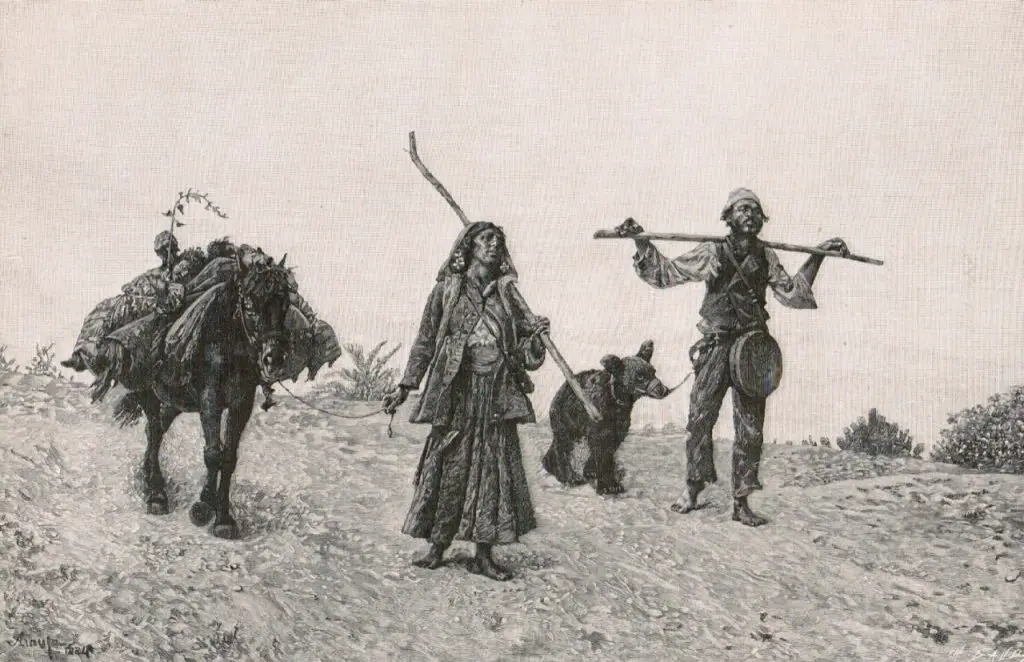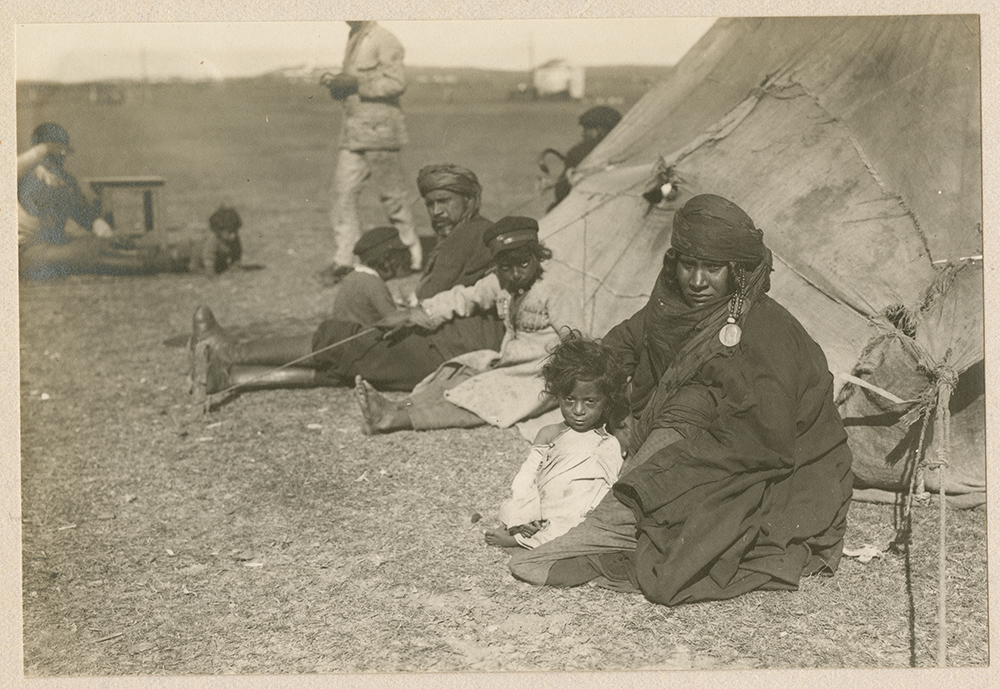 see them everywhere in the world and their cultures have been Biden by those in which they chose to live, especially the western world due to its better economy. However, no one quite knows where gypsies actually originate from, and probably most of the newer generations of Gypsies do not have a clue. Their historical name is “Romani” and this is not because they originate from Romania, but because this is the name that defines what is considered to be an oppressed group.
see them everywhere in the world and their cultures have been Biden by those in which they chose to live, especially the western world due to its better economy. However, no one quite knows where gypsies actually originate from, and probably most of the newer generations of Gypsies do not have a clue. Their historical name is “Romani” and this is not because they originate from Romania, but because this is the name that defines what is considered to be an oppressed group.
Where do they actually come from?
The Definition of Romani according to the Oxford dictionary is: a member of a people originating in South Asia and traditionally having an itinerant way of life, living widely dispersed across Europe and North and South America and speaking a language that is related to Hindi.
Oxford DIctionary
For almost a millennium, the Romani people, often known as Gypsies in the Western world, have struggled to fit in.
Around 1,000 years ago, the Romani began to flee India. They most likely fled to avoid the invasion of Afghan general Mahmud of Ghazni in the early 11th century. The Romani were most likely driven out of northern India by Mahmud’s armies and into what is now Pakistan, Afghanistan, and Iran.

Because the Romani did not have a strong written or oral history, historians analyzed their language to piece together their migration path. (The Romani picked up words from people they met along the way.) They separated into two groups in Iran. One group traveled south, via Syria, to northern Africa and Greece. The other party traveled north through Armenia to what is now Bulgaria, Romania, and Serbia.
Romani migration patterns, in addition to language, can be documented in written reports of persons who met them on their travels. The Romani may have first appeared in Europe in the writings of a monk on Mount Athos in Greece circa 1100. In 1417, German officials reported encountering Romani near Hamburg. In 1425, people in Barcelona, Spain, wrote about the Romani. Romani were present in Sweden, England, and Scotland by the early 1500s.
Why are the gypsies hated?
The earliest historical stories of their entrance into Europe sound eerily similar to the present perceptions of them: thieves. Liars. They are denied every opportunity to engage in society.
For centuries, the Romani have been under constant pressure to integrate. We’ve made their itinerant lifestyle illegal. We’ve shattered their communities. We’ve banned their language and forced them to change their names. We enslaved them for a long time. Countries across Europe that ordinarily differ greatly in their attitudes toward the Romani have all agreed that they should either keep far away or perish totally.
The Romani people were enthusiastically welcomed by Europeans when they first encountered them. In the 15th century, aristocrats who met Romani granted them letters of protection to migrate from one country to another. Wherever they moved, Romani adapted to the local culture. For example, the majority of Romanis accepted the main religion of the region. Many Romanis in the Middle East and Iran are Muslim today. The majority of people in South America are Catholic. They are Protestant in North America and Western Europe.
However, the Romani retained many of their traditions. Migration talents included performing arts and metalworking. Sculpture, jewelry-making, and utilitarian metal arts are still important aspects of Romani culture. Romani are frequently praised for their abilities as musicians and dancers. Flamenco, a popular song and dance form today, was developed by Romani in the Andalucia region of southern Spain.
The initial warmth for Romani migrants faded with time. Europeans grew resentful of Romani who failed to integrate fully into civilization. Begging, robbery, kidnapping, prostitution, and witchcraft were all blamed on the Romani. Many European governments enslaved the Romani people beginning in the Middle Ages. In 1445, Vlad Dracul abducted about 10,000 Bulgarian Romani and sold them as slaves in Romania.

There are an estimated 12 to 15 million Romani nowadays. Except for Antarctica, they reside on every continent, some nomadic and some in stable settlements. Southeastern Europe and Russia have the highest concentrations of Romani.
Why have Romani been blamed for a thousand years? When you consider all of the negative assumptions about them, you could see a twinge of envy: they celebrate all religions. They are self-employed. They are far too free, cheerful, and robust. Even the Nazis couldn’t make them comply.
Avid Writer with invaluable knowledge of Humanity!
Upcoming historian with over 30 million views online.
“You make your own life.”





